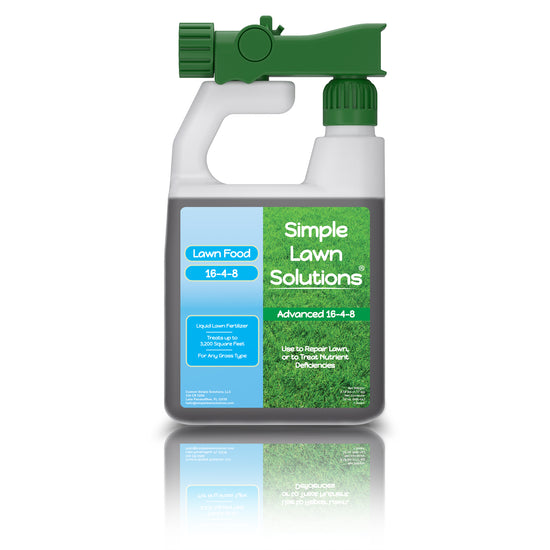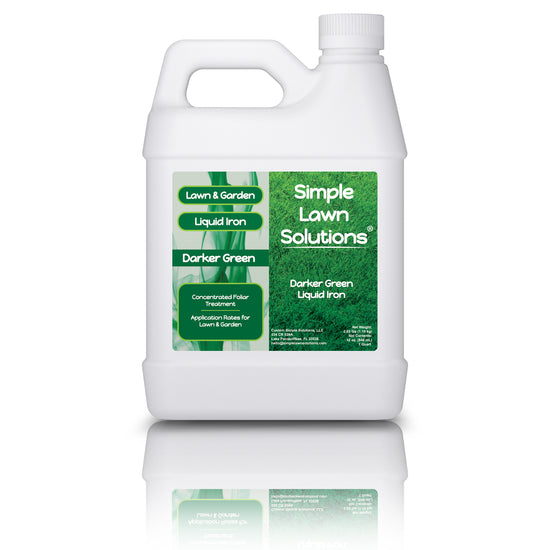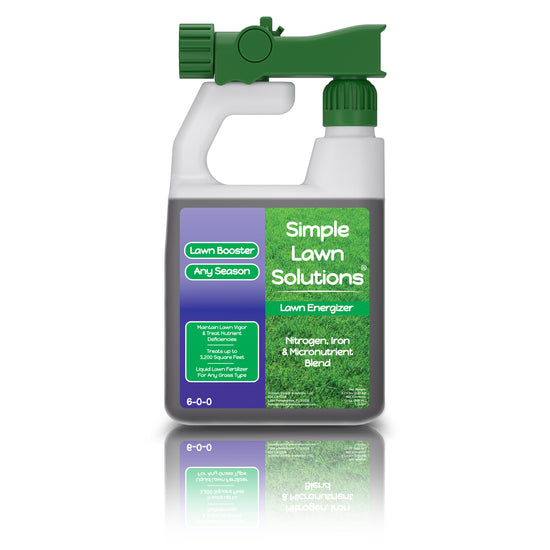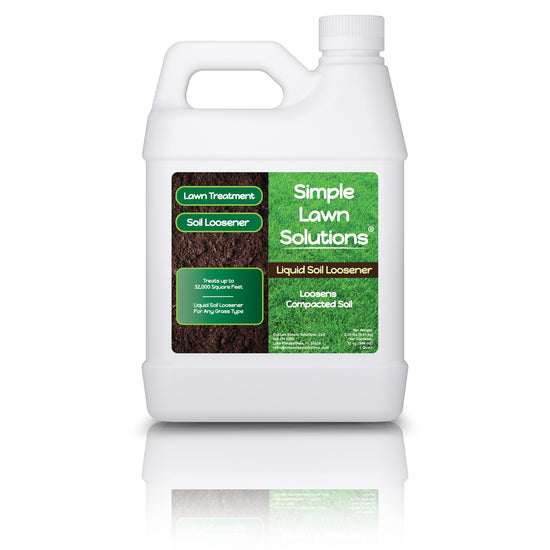Caring for your lawn in the transition zone requires navigating the unique climate conditions that alternate between hot and cold weather. This region stretches across the Midwest, Mid-Atlantic, and Southern United States and doesn’t favor cool or warm-season grasses year-round. An imaginary line passing east to west at 37 degrees north latitude separates the temperate and subtropical zones in the eastern United States. This line marks the center of a 200-mile-wide belt, known as the transition zone, where cool-season and warm-season grasses encounter limits of their southern and northern adaptations. Here's a detailed guide on how to approach lawn care in this particular zone:
Grass Selection for the Transition Zone
Warm-Season Grasses (Summer Performers):
Bermudagrass is the primary turfgrass within the transition zone on golf courses, sports fields, and home lawns. There are four main types of bermudagrass: common, African, hybrid, and Bradley. Bermudagrass is a vigorous, deep-rooted, light to dark green, dense grass adapted to most soils and thrives in warm and hot weather. Bermudagrass can be propagated and is available in seed, sod, and sprigs.

Bermudagrass has cultural and pest issues that can restrict its use in certain situations. Once fall temperatures drop and frost occurs, bermudagrass turns brown and goes dormant. Overseeding with perennial ryegrass is necessary if a green lawn is desired in late fall and winter. Bermudagrass is not very shade-tolerant and performs poorly when introduced in areas with less than 6 hours of direct UV rays daily.
Managing thatch is necessary as bermudagrass forms thatch greater than ½” thick. Mowing frequency and the overall amount of nitrogen required to maintain health within the plant are high. Dethatching and verticutting to reduce thatch and stimulate growth are necessary for the plant to perform well and reach its fullest potential. Bermudagrass is very high maintenance if grown properly and sometimes considered a weed if it invades the space of another desirable turfgrass. It is challenging to control once an area is entered where it is not the dominant plant.
Zoysiagrass is very wear, salt and shade tolerant, has a slow growth rate and has improved winter hardiness. Zoysia is a slow-growing turfgrass with a slow recuperation once excessive wear occurs. Heat and drought tolerance are added benefits for zoysiagrass, which makes it an excellent choice for growing in the transition zone. Thatch can become a problem if not managed and reduced once it becomes thicker than ½”.

Zoysia is susceptible to brown patch and rust during the growing season. Acid soils tend to be an issue for reaching the fullest growth potential. When grown in soils with low potassium, zoysia can become weak, and in growing areas that receive a lot of rain, zoysia can become shallow-rooted. For maximum turf quality, mowing with a reel-type mower is best. The leaf texture ranges from medium fine to prickly. The nitrogen requirements are low compared to bermudagrass.
Cool-Season Grasses (Spring/Fall Performers):
Tall Fescue is a coarse-textured, bunch-type species that originated in Europe. It forms a low-density turf with wider leaf area than other cool-season grasses. Tall fescue establishes quickly with deep roots, good wear tolerance, and a good tolerance to heat and cold temperatures. Due to its clumping growth pattern, tall fescue often requires reseeding every two to three years to maintain density. It germinates quickly after seeding with proper management of water and fertilization. When over-irrigated or fertilized, tall fescue becomes susceptible to leaf spot and brown patch diseases. There are over 200 cultivars available, with new releases every year.

Fine fescues can be used in the transition zone under certain conditions. They perform well in heavily shaded areas that have infertile soils. Fine fescues are not tolerant of high heat or in regions that receive full sun throughout the day in the summer months. Due to the shallow rooting, fine fescues tend to go dormant and turn brown in heat and drought conditions. They tolerate shade, winter hardiness, and dry soils growing in shaded areas. Fine fescues are usually not used as a single stand, but are combined with other cool-season grasses such as Kentucky bluegrass, perennial ryegrass, and bentgrass.
Kentucky bluegrass is the most widely used cool-season turfgrass due to its high turf quality and its ability to survive summer drought through dormancy. It has a vigorous rhizome system by which it spreads and grows, creating a very dense turfgrass. Kentucky bluegrass has better cold tolerance than other cool-season grasses such as tall fescue and perennial ryegrass. Shade tolerance is poor and requires mostly full sun to reach its fullest potential. Thatch and disease can be an issue under high-maintenance programs on golf courses and sports fields. It is susceptible to billbugs, grubs, and mites. Kentucky bluegrass seed can be very slow to germinate when temperatures are 55 degrees F or cooler; germination can take up to 21 days.

Perennial Ryegrass is a short-lived perennial with medium leaf texture and density. It is a non-spreading, bunch-type growing grass with reasonable wear and drought tolerance, and establishes rapidly. Perennial ryegrass tolerates lower mowing heights than Kentucky bluegrass or tall fescue. It is mainly used in seed mixtures with Kentucky bluegrass to increase resistance to various diseases and other pests. Perennial ryegrass is used widely in the transition zone for overseeding dormant bermudagrass and zoysia during late fall to mid-spring. It can be a serious issue if not removed chemically and mechanically in late spring, and can return in a bunch-type growing patch that can alter lawn aesthetics.

What Kind of Grass Types Can be Blended Together?
The transition zone has weather that favors warm and cool grasses, but not at the same time of the year. Bermudagrass typically turns brown after the first frost in late fall. For several reasons, high-profile turfgrasses on sports fields and golf courses require color during the fall or early spring. Combining bermuda grass or zoysia grass with perennial ryegrass maintains a green color for winter through spring. It has become challenging to remove perennial rye using the natural transition of higher temperatures. Once temperatures reach 85 degrees F, perennial ryegrass stops growing and suffers from the extreme heat in late spring and early summer. However, single plants can survive through the summer and fall. This is why chemical and mechanical removal must occur to keep the turfgrass surface uniform during summer.
Blended Lawns use mixes like tall fescue with Kentucky bluegrass for season-extending benefits. Having a blended turf stand can be very beneficial if managed properly. Kentucky bluegrass is tolerant of higher temperatures, more so than perennial ryegrass. Newly constructed roadside usually will have what is called “Contractors Blend,” as it contains a lot of ryegrass and fescue. This blend establishes quickly on slopes and roadside, protecting against erosion. Although most stands may die, the roots stabilize the soil and keep it in place on new construction sites.
Seasonal Lawn Maintenance Tips & Checklist
Watering Your Lawn
Watering and irrigating are an essential part of a successful lawn maintenance program. It is the “lifeblood” of the turf-type grasses. However, it can become negative if utilized too much or too little. A good range for water for all grasses is 1” - 1.5” per week and should also include precipitation amounts. The water program should be less frequent and deeper during the summer months. In spring and fall, frequent and lighter watering is more reasonable. Overwatering with high temperatures and humidity can create a breeding ground for turfgrass diseases.
Fertilization Tips for Your Grass
Warm-season grasses such as Bermuda and Zoysia can be fertilized in late spring and summer because they are actively growing. Not all warm-season grasses require the same rate of nitrogen. Bermudagrass will need 1 - 1.5 lbs. of nitrogen per 1000 sft per growing month, while Zoysia requires ½ lb. of nitrogen per 1000 sq ft. per growing month. Overfertilization of turfgrass will cause serious issues and can be terminal. Refrain from fertilizing when temperatures are high because specific nitrogen sources can burn.
Cool-season grass fertilization should take place in fall and early spring. As with warm-season grasses, not all have the exact requirements for nitrogen as others. Kentucky bluegrass requires the most of all cool-season grasses used on lawns at 2.5 - 4.0 lbs of nitrogen per year. Tall fescue requires 1.5 - 3.5 lbs of nitrogen per year, and fine fescues require 1 - 2.5 lbs of nitrogen per year. Overstimulating cool-season grasses can make them more susceptible to date spring and summer. diseases
Mowing Heights and Frequency
Monitoring mowing heights throughout the season and adjusting to weather conditions can keep the turf healthy throughout the growing season. Warm season grasses should be mowed between 1-2” during summer. Cool season grasses have mowing heights higher than warm season grasses at 2.5-3.5” and can be raised during hot weather for the survival of cool season lawns. Frequency of mowing depends on the growth rate of the grass, with warm-season grasses being more frequent than cool-season grasses in the summer months.
Aeration and Soil Management
Core aeration should be performed when the grass is growing strongly and can recuperate. Warm-season grasses can be aerated in late spring to early summer, while cool-season grasses can be aerated in early spring and early fall. Managing the soil to have adequate moisture and oxygen will benefit rooting, which is essential for the survival of all turfgrasses. Topdressing with coarse sand or screened topsoil fills the aeration holes and improves water, air flow, and drainage throughout the root zone profile.
Pest and Disease Management
Diseases and pests will occur on the finest grass occasionally throughout the year. Monitoring conditions that are favorable for disease formation, which include high temperatures and high humidity. When the temperature and moisture are equal to 150, diseases can occur. Heat and drought stress can be mistaken for pest diseases, so close inspection is required. Insects can damage a lawn rapidly if left untreated during the pest activity.
Growing Season Overview
Spring (April–May): Cool-season grass thrives, warm-season grass starts greening.
Summer (June–August): Warm-season grass dominates; cool-season grasses slow down.
Fall (September–November): Cool-season grass rebounds; warm-season grass declines.
Winter (December–March): Warm-season grass is dormant, while cool-season grass grows minimally or goes dormant in cold spells.

Recommendations for Transition Zone Grass
Managing grass in the transition zone can be challenging due to the change in weather in spring and fall. Choose species with broad tolerance or mixed strategies for seasonal adaptability—trailer cultural practices like fertilization, mowing, and irrigation to the chosen grass type and seasonal conditions. When selecting grass and setting maintenance schedules, consider environmental variables like shade, soil texture, and drainage. Follow the fertilization guidelines for the amount of nitrogen required per year for the different grass types. Soil testing can determine what nutrients are available, what is deficient, and what might be a toxic level. Depending on where a lawn is located in the transition zone, learning what to do for each site takes time. Happy maintenance!!!









